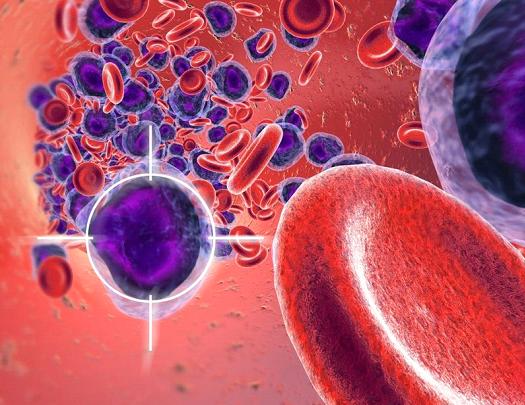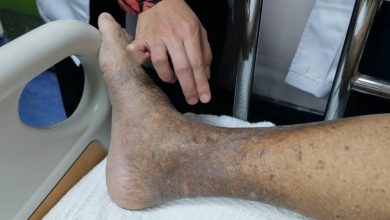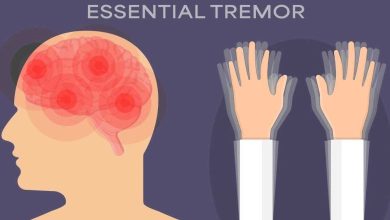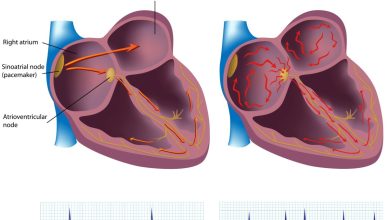Acute Myelogenous Leukemia Symptoms, Causes, Diagnosis and Treatment

What Is Acute Myelogenous Leukemia?
Myeloid cells are groups of white blood cells that are responsible for the development of certain mature blood cells including platelets, white and red blood cells. Acute myelogenous leukemia is a disease in which these cells are affected and as a result, bone marrow and blood cancer develops. The term acute in the name of the disease suggests that the development process of myelogenous leukemia is rapid. Acute myelogenous leukemia is also known as acute granulocytic leukemia, acute myeloblastic leukemia and acute myeloid leukemia.
What Are The Symptoms Of Acute Myelogenous Leukemia?
The symptoms of acute myelogenous leukemia depend on the type of blood cells that are being affected. At an early stage, victims may face very common symptoms like flu and fever. Gradually, however, uncommon symptoms may evolve such as:
- Frequent bleeding of nose and/or gums.
- Fatigue.
- Infections evolving frequently.
- Pale skin.
- Breathing problems.
- Bruising.
Since flu and fever are common diseases, victims may not consult a doctor. However, it is strongly recommended to see a doctor if unexpected symptoms show up.
What Causes Acute Myelogenous Leukemia?
The disease is usually caused when the DNA of developing cells is damaged in the bone marrow. This results in the creation of myeloblasts which are abnormal leukemic white blood cells. These cells tend to grow and then eradicate necessary healthy cells.
What Are The Risk Factors Of Acute Myelogenous Leukemia?
Although no theory or study could yet prove how the DNA gets damaged but some experts believe that the following could increase the risk of acute myelogenous leukemia:
- Radiation; survivors of nuclear radiation accident, for example.
- Certain chemotherapy drugs.
- Chemicals.
Other risk factors may include:
- Smoking.
- Gender; men are more likely to suffer from acute myelogenous leukemia than women.
- Age; people over 65 years of age tend to suffer from the disease more than young ones.
- Other blood and genetic disorders.
How Is Acute Myelogenous Leukemia Diagnosed?
If people feels like symptoms of acute myelogenous leukemia are evolving one after another, they consult a doctor and mostly the following tests are suggested:
- Blood test.
- Bone marrow test.
- Lumbar puncture.
Through these tests, doctors can evaluate whether a person is suffering from acute myelogenous leukemia or not. However, determining the type of leukemia may require further tests depending on the condition.
How Is Acute Myelogenous Leukemia Treated?
The treatment of the disease is divided into two phases:
- Remission induction therapy eliminates most of the leukemic cells that are responsible for the disease. However, remission induction therapy is never able to eliminate all cells.
- Post-remission therapy is also known as the consolidation therapy. This is the second phase in which the remaining abnormal cells are wiped off.
Chemotherapy, stem cell transplant and other drug therapies are used during these phases to eliminate the cells. The combination of therapies depends on several factors like age, type of leukemia and health conditions.
By : Natural Health News




